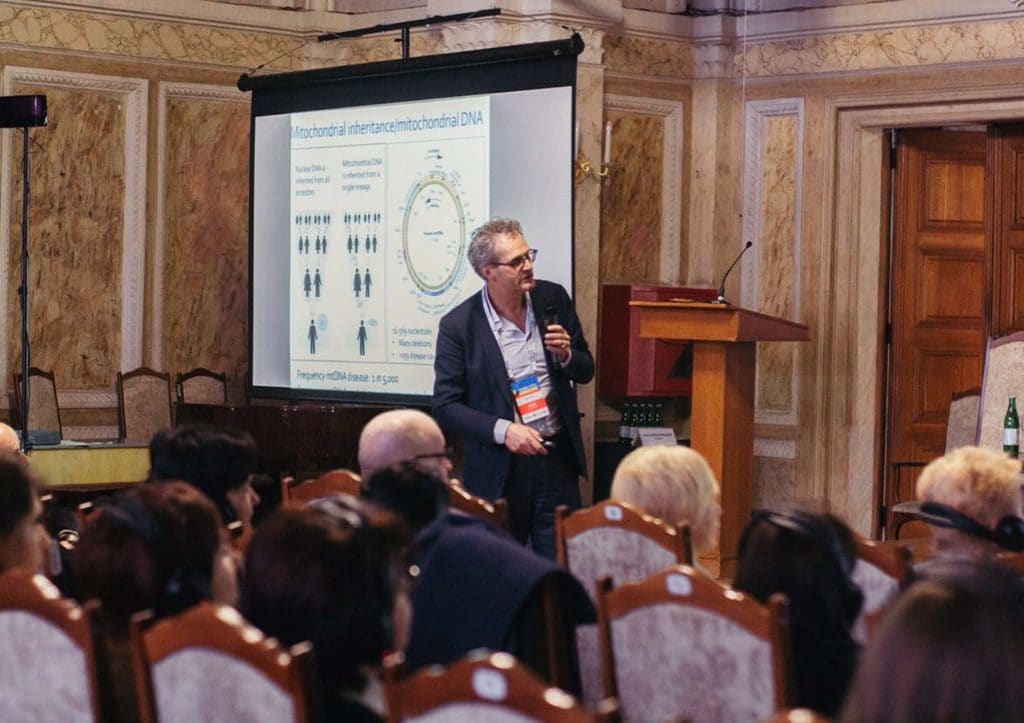Since my time at High School, I have been interested in genetics, inspired by my biology teacher Theo Postmes. Understanding how information in DNA would transform into life as we know it, became central in my studies and scientific career. During my PhD, under supervision of my wonderful promotor Be Wieringa, my scientific interest landed in the field of neuromuscular disease, trying to find the genetic cause of myotonic dystrophy type I. This was initially a highly laborious and time-consuming process. Since these early days, the Human Genome Project and advances in DNA sequencing technology accelerated the identification of disease genes and mutations in an unprecedented way. What took years in the past can now be done in weeks. Having a genetic diagnosis is important for patients and their families, and for the choices they make for their own life and the life of their children. I always assumed this would also be the first step to a successful treatment for these incurable diseases. In my experience, this has only been true in limited number of cases, where the gene defect revealed immediately a, in some cases, life-saving treatment. But these are exceptions, for many diseases with a genetic cause known for 20-30 years, no cure is still available.
‘Time has changed and new opportunities emerge to develop a treatment’
But time has changed and new opportunities emerge to develop a treatment. Stem cell technologies and efficient gene editing are becoming a reality. Therefore, my team switched to the development of a therapy for muscle disease based on administration of cultured, autologous healthy muscle stem cells. We are testing a treatment of patients with a defect in mitochondrial energy supply, who have healthy, muscle stem cells without this defect, ready to be used for treatment. Obviously, this treatment could be applicable for other patients with muscular pathologies as well, either due to a genetic disease, requiring genetic correction of the stem cells first, or due to age or diseases, like stroke or cancer. That is why we created GYM. GYM is the fundament that aims to make autologous muscle stem cell therapy a reality, covering research, clinical trials and eventual commercial production. Rare and common diseases can equally benefit from the this project, avoiding unnecessary duplication. This is crucial for rare diseases that would otherwise be unable to raise sufficient funding. Accessibility is also the reason to control production and price of the eventual medicinal product, which should be close to the production costs and less to the market value.
‘The most important support is the commitment and motivation of patients and patient organisation’
Obviously, these objectives can not be achieved by my team only. We established an excellent, international team with complementary expertises, consisting of the universities of Maastricht, Leuven, Hasselt, Aachen and Liège and the companies Scannexus and Kenko International. Our research is supported by a major financial contribution from the EU, regional and national authorities, the universities and companies involved and charities and patient organisations. But the most important support is not financially, it is the commitment and motivation of patients and patient organisations, which have joined our endeavour and motivate us to bring our best. This is especially true for the foundation “Voor Sara”. The fight of Sara against MDC1A is an example for all of us. And not only Sara, also Hidde and all the other children with MDC1A, they are our true sources of inspiration. And we have to win this fight for them.




